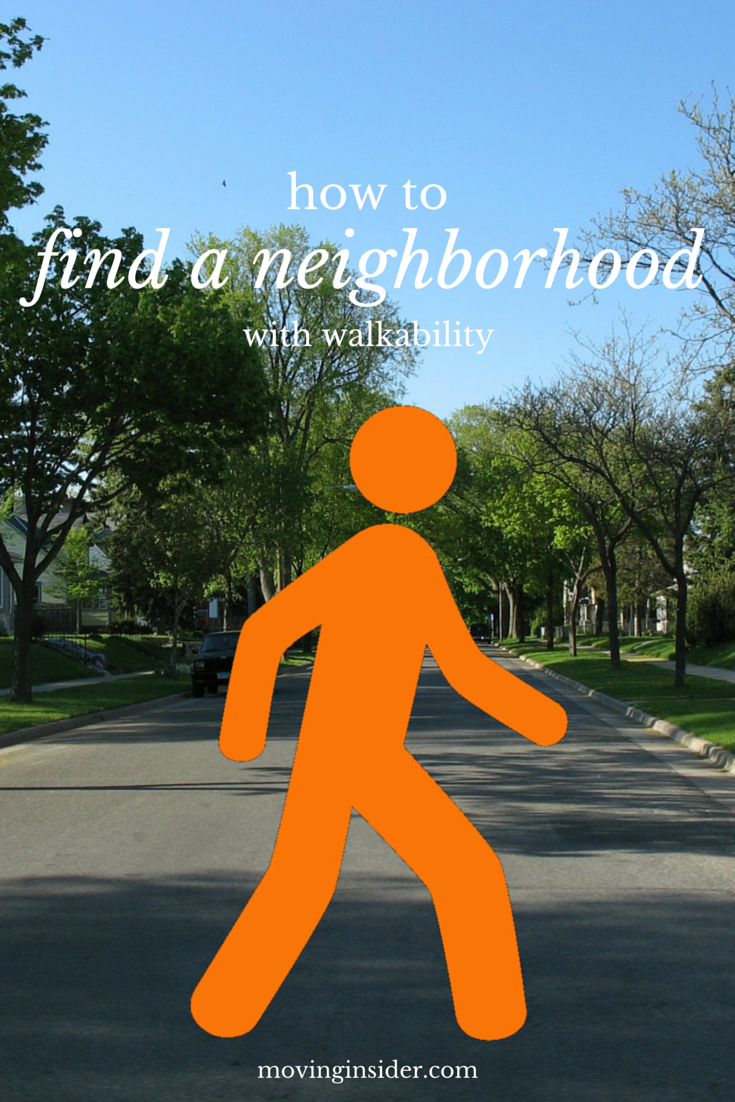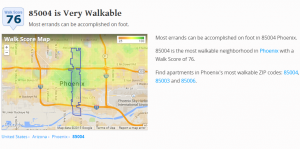 What is “walkability” and what does it mean to you when you are looking for a new home? The American dream used to be a house in the suburb with two cars in the garage, but that is changing. Not everyone wants or needs to own a car, and by taking a look at your priorities when you move you can forget the car without negatively impacting your quality of life.
What is “walkability” and what does it mean to you when you are looking for a new home? The American dream used to be a house in the suburb with two cars in the garage, but that is changing. Not everyone wants or needs to own a car, and by taking a look at your priorities when you move you can forget the car without negatively impacting your quality of life.
Walkability Priorities
Think to yourself about what you need to be close to. Where do you go on a weekly basis? Proximity to work may be important to you. Everyone needs to go grocery shopping from time to time, so a grocery store or market near by makes sense. Do you want to be able to walk to clubs, restaurants, cafes, churches, nightlife or entertainment venues? If you have children you probably want to be close to their school, daycare, parks and playgrounds. What about transportation when you are unable to walk somewhere? Is there car sharing, or nearby public transportation?
Finding A Walkable Neighborhood
If you have lived somewhere for long enough, you probably know the best places to live for a walkable lifestyle. What if you are moving somewhere new? How do you find the right place to live? In most places a good indication of increased walkability is the closeness to the center of town, or the urban core, if there is one in your destination city. You can look at nearby public transportation stops, the closer those stops are to you and to each other, the better it is likely to be for walking.
There are third party tools you can use as well such as Walk Score. You can enter in a specific address or zip code and it will give you a 1-100 grade that says how walkable the area is, as well as rank it along side other zip codes in that region. Once you have an area you are interested in, you can always go to Google Maps and use their Street View to take a virtual stroll around the neighborhood. Look for things like the following:
 Usable sidewalks
Usable sidewalks- Crosswalks
- Bike lanes
- How many people are already walking there
- What businesses show up along your path
The Pedestrian and Bicycle Information Center has a downloadable walkability checklist to help you rate how safe and easy it is to walk in your neighborhood based upon what you see.



